Botanical Coffee & Citrus Canvas Prints for Boho Kitchen Decor
Warm terracotta, calming sage, and joyful subject‑matter—coffee cups, citrus, olives, and bakery vibes—turn a hardworking kitchen into a happy place. This guide walks you through color, scale, hanging rules, gallery layouts, and 15 editor‑picked Artoholica pieces that nail the boho feel.

The boho kitchen vibe (and why subject‑led art works)
A boho kitchen is relaxed, eclectic, and story‑driven. Subject‑led art keeps that story clear: a steaming mug signals slow mornings; citrus whispers sunshine; olives hint at Mediterranean comfort; a playful bakery scene adds whimsy. When the subject supports how you use the room, your wall art becomes part of the ritual.
“Decor is a mood engine. If you want ‘calm joy’ at breakfast, hang art that looks how that feels.”
Terracotta & sage: a color duo your kitchen will love
Terracotta (earthy orange) and sage (soft herbal green) are naturals in kitchens: the combo feels grounded yet fresh. Terracotta echoes clay pots and warm spice; sage nods to herbs, tile, and leafy textures. Use terracotta for energy (art accents, textiles) and sage for calm (cabinetry, walls, or frames).
If you’re building a palette around art, pull 2–3 tones from your hero print (like the orange peel and leafy green in our coffee cup piece) and repeat them sparingly across the room (tea towels, tray, planter). Consistency reads as intentional design, not visual noise.
Best subjects for kitchens: coffee, citrus, olive, bakery
- Coffee & tea: Still lifes with cups, moka pots, or steam curls say “welcome, linger.”
- Citrus & fruit: Oranges, figs, berries = instant freshness. Great above breakfast nooks.
- Olives & botanicals: Mediterranean comfort—pairs beautifully with terracotta tile and wood.
- Bakery & whimsical food: Pastry shops, chef characters, playful produce—perfect for family kitchens.
- Coastal & travel: Fish, Italian villages, vineyard scenes—evoke flavor and memory.
Want deeper art inspiration? See our Coffee Cup product spotlight for color callouts and pairings.
Scale & placement (over counters, nooks, and bars)
For single pieces on a blank wall, aim for the 57–60″ on‑center rule (gallery eye level) or place the artwork in the “third” section of the wall height to avoid too‑high/too‑low traps. Above furniture, keep the bottom edge roughly 4–6″ above the surface and choose a width around ⅔ the furniture piece.
If your kitchen gets strong sunlight, use UV glazing or hang away from direct rays to help protect pigments.
Gallery walls for small kitchens (3 frameworks)
- The 3‑stack: Three frames (same width) stacked vertically by your coffee station. Align to the edge of the cabinet.
- The rail: Two portrait pieces flanking a small landscape over a bench. Bottom edges aligned at the same height.
- The shelf lean: One larger canvas + one small framed print leaning on an open shelf. Stagger heights for depth.
Tape paper templates first, live with them for a day, then hang. Your morning routine will reveal the winning layout.
Canvas vs. framed prints in kitchens (humidity & light)
Canvas adds tactile depth and a gallery vibe; framed prints under glazing are more splash‑resistant in tight prep zones. Keep both away from persistent steam and direct heat. If you love art near the range, choose spots beyond the heavy splatter arc and wipe frames as part of weekly resets.
Open shelves & bar carts: styling with art
Layer one small framed print against the wall, then stagger jars, stemware, or a citrus bowl in front. On a bar cart, lean a print behind your decanter and echo the art color in cocktail napkins. For summer, rotate in a sangria motif; for winter, warm things up with bakery tones.
Layout recipes you can copy tonight
| Spot | Formula | Why it works |
|---|---|---|
| Coffee station | One 18×24″ + one 11×14″ overlapped lean | Depth + cozy café feel without drilling tile |
| Breakfast nook | Two 16×20″ side‑by‑side, 2″ gap | Balanced width over a 48–60″ bench |
| Range wall (away from splash) | One 24×36″ framed under glass | Impactful, easier to wipe clean |
| Open shelf | One 8×10″ print + trailing pothos | Organic lines soften straight shelves |
| Bar cart | One 12×16″ leaning + citrus bowl | Repeats color from the art—instant styling |
Budget, sizing & when to go big
In compact kitchens, two medium prints often read cleaner than many tiny ones. Go larger (24×36″ or 30×40″) when you’ve got one uninterrupted wall or a blank eating nook. Save budget by mixing one statement canvas with a smaller framed print from the same palette.
- Small walls (≤36″ wide): 11×14″ to 16×20″.
- Standard walls (48–72″ wide): 18×24″ to 24×36″.
- Big blank walls (≥80″ wide): 30×40″ or a 2–3 piece set.
Need help with scale? Ask for a free room mockup on our product pages (we love doing these).
Narrow walls, backsplashes & micro‑spaces
Treat slivers of wall like vertical vignettes: one tall piece (12×36″) or two 8×10″ stacked. In rentals, lean art on counters under upper cabinets or clip a small print to a rail. For backsplashes, choose framed under glass, hung outside the splash zone.
Install checklist & care
- Measure twice; mark the 57–60″ midpoint for single pieces.
- Use proper anchors for weight; studs for heavy framed glass.
- Level once hung; add museum putty to keep frames from shifting.
- Dust frames monthly; avoid harsh cleaners on canvas.
- Rotate art seasonally to reduce UV exposure and keep the room feeling new.
Watch: quick visual tips
Prefer to see layouts in motion? This short video roundup covers hanging height, grouping, and color balance for kitchens and dining nooks.
FAQs
What size art works best above a dining bench?
Target a width around two‑thirds of the bench (e.g., ~40″ for a 60″ bench). Keep the bottom edge 4–6″ above the seat back.
How high should I hang a single picture in the kitchen?
Use the 57–60″ on‑center rule for blank walls. Above counters or furniture, align visually with nearby edges and keep safe clearances from splash/heat.
Is canvas safe in a kitchen?
Yes—placed away from persistent steam and splatter. For near‑sink/range placements, a framed print with glazing is easier to wipe clean.
Terracotta and sage keep popping up—why?
They balance warmth (terracotta) and calm (sage), echoing cookware, clay, herbs, and plants—ideal for kitchens with natural materials.
How do I build a gallery wall without it feeling busy?
Limit the palette to 2–3 shared colors, keep consistent frame finishes, and maintain even gaps (2″ is a safe start).
What frames look most “boho” in a kitchen?
Natural oak, thin black, and antique gold. Mix one warmer frame with two light woods for an eclectic yet cohesive look.
My kitchen is tiny—where can art go?
Try the coffee station, open shelves, above a cart, or a sliver wall beside the fridge. Leaning art on counters under uppers is great in rentals.
How do I avoid fading?
Keep art out of direct UV, consider UV‑protective glazing, and rotate pieces occasionally. Dust frames/glazing monthly.
What subjects feel timeless for kitchens?
Coffee/tea, botanicals (olive, herbs), fruit (citrus, figs), artisanal scenes (bakeries), and travel food culture feel evergreen.
Keep exploring Artoholica
- Food & Drinks Wall Art — built for kitchens, cafés, and home bars.
- Floral & Botanical Wall Art — olive trees, herbs, and organic forms.
- Coffee Cup: Product Spotlight — color notes and styling ideas.
References
- Livingetc — “5 places you should never, ever hang art”
- Studio McGee — How to Hang Art
- The DIY Playbook — Hanging art height guide
- Country Living — Designer changes for instant upgrades
- The Guardian — How and where to hang pictures
- Stylezuri — Terracotta & sage kitchen ideas
- Artoholica — Food & Drinks Wall Art
- Artoholica — Floral & Botanical Wall Art


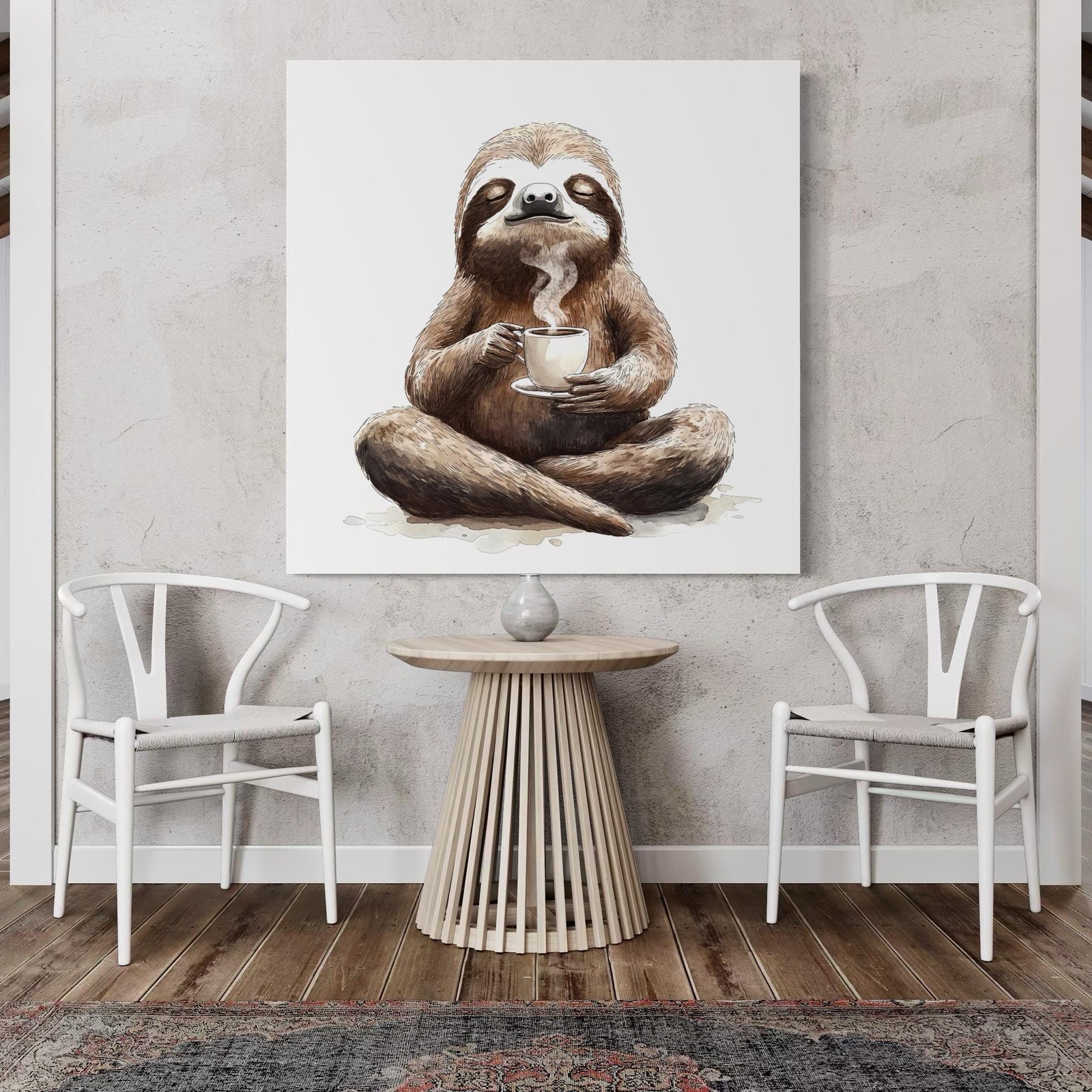


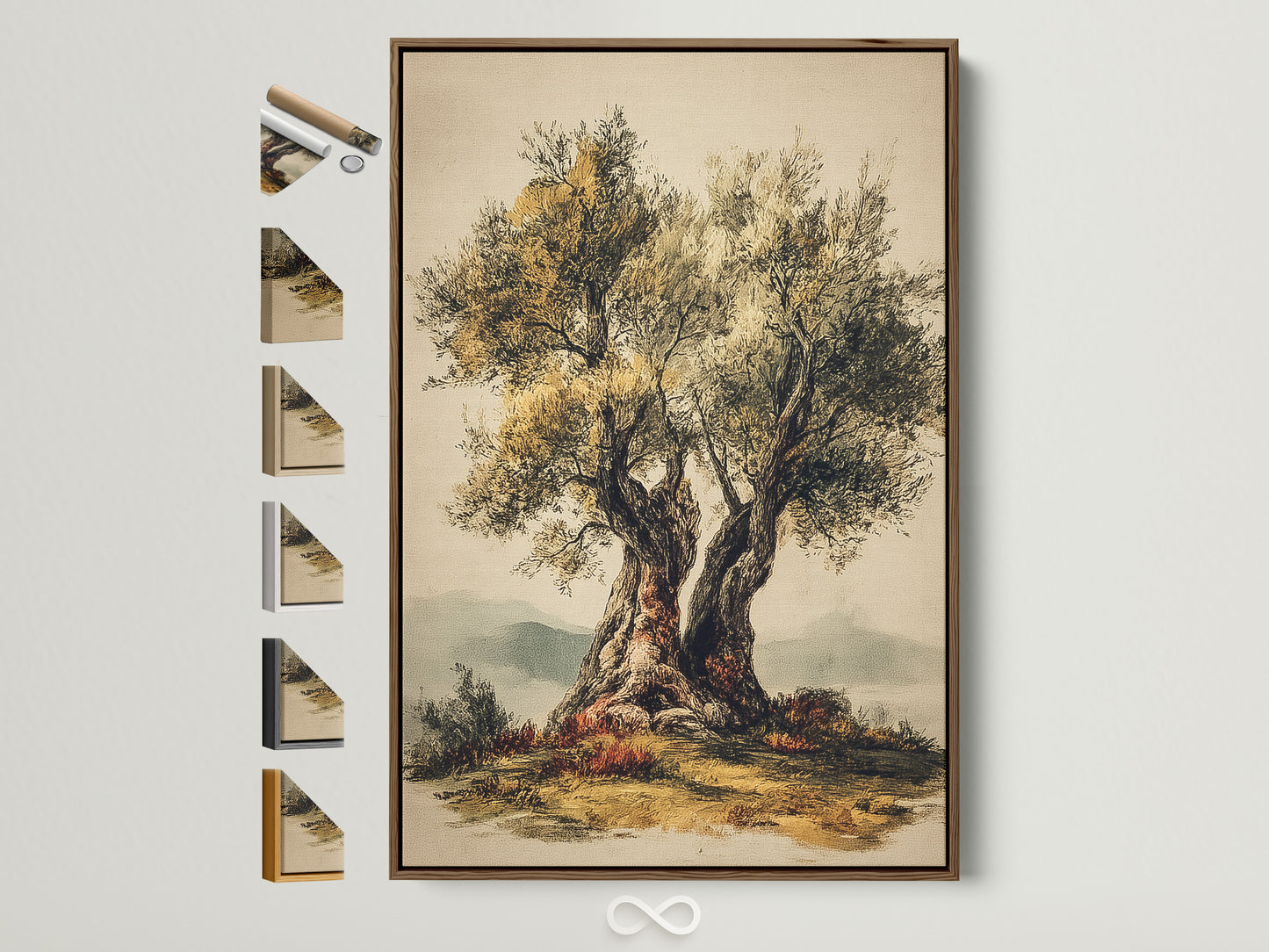




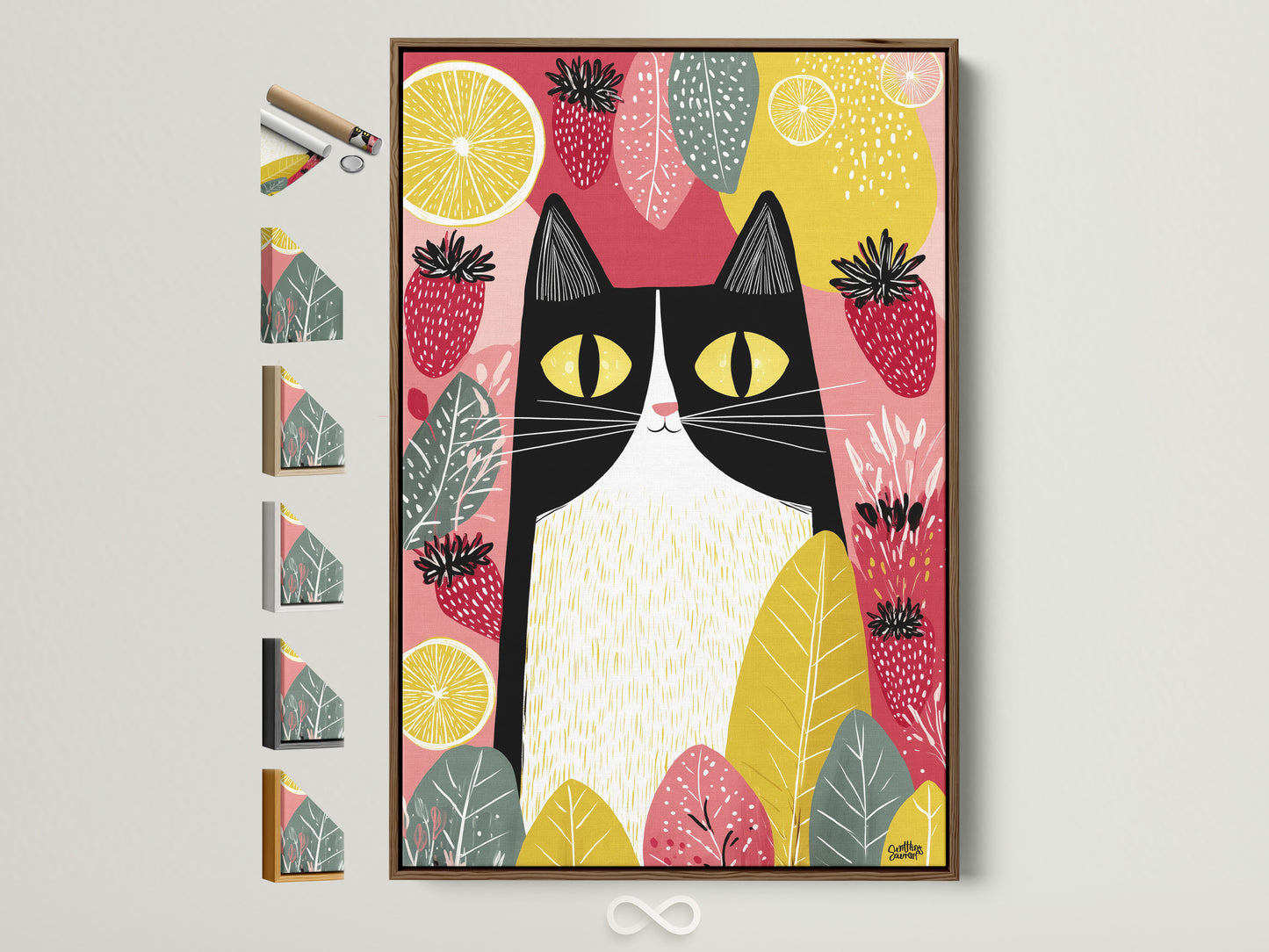

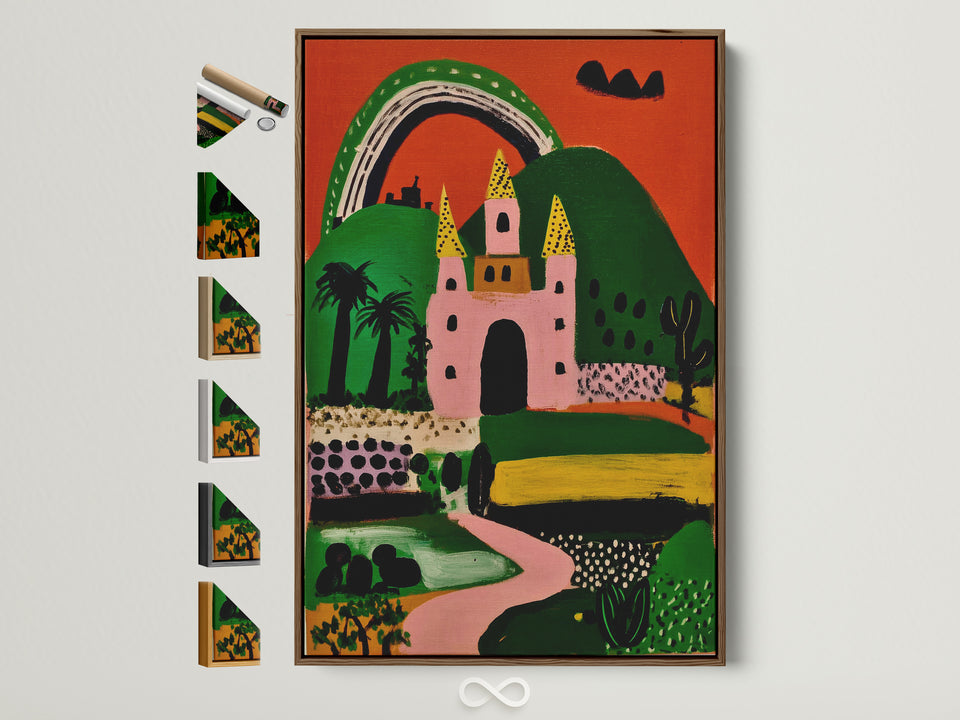
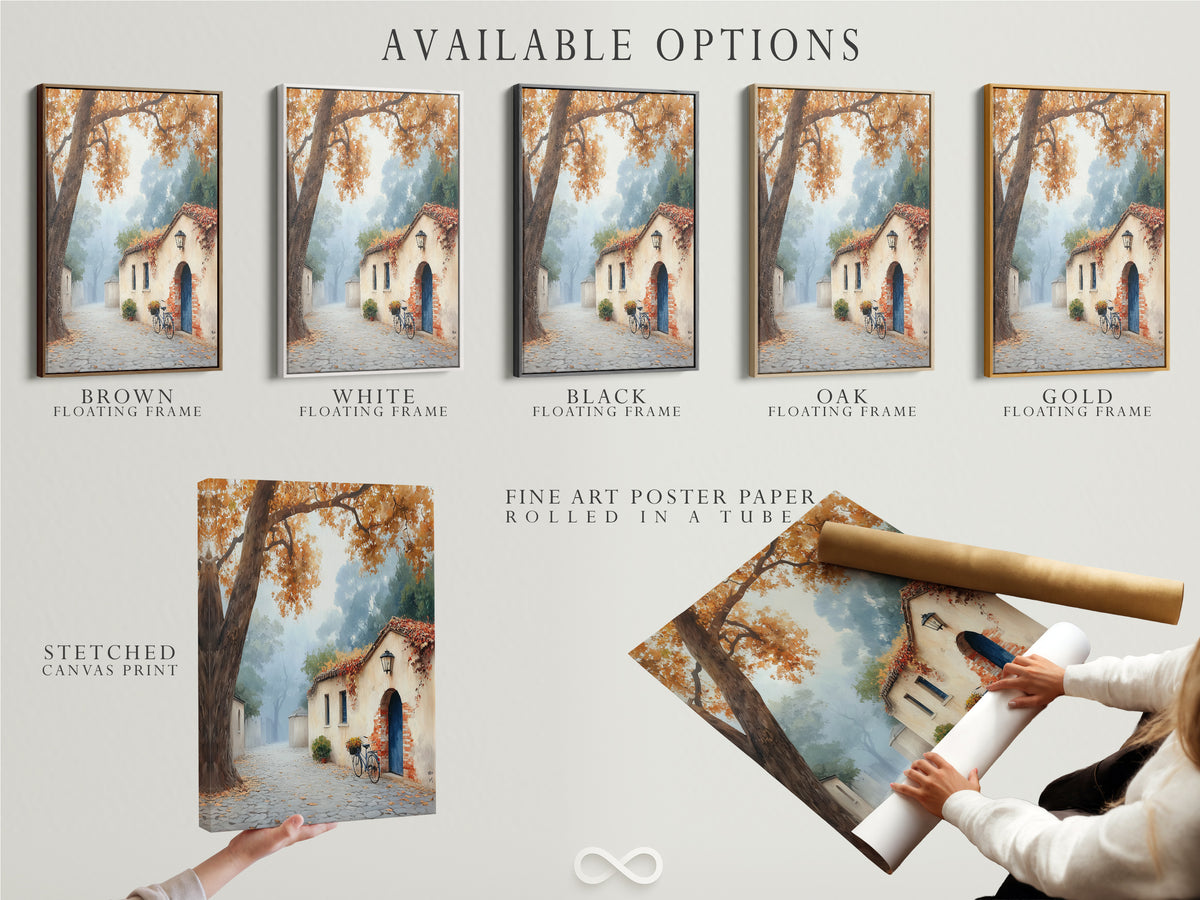
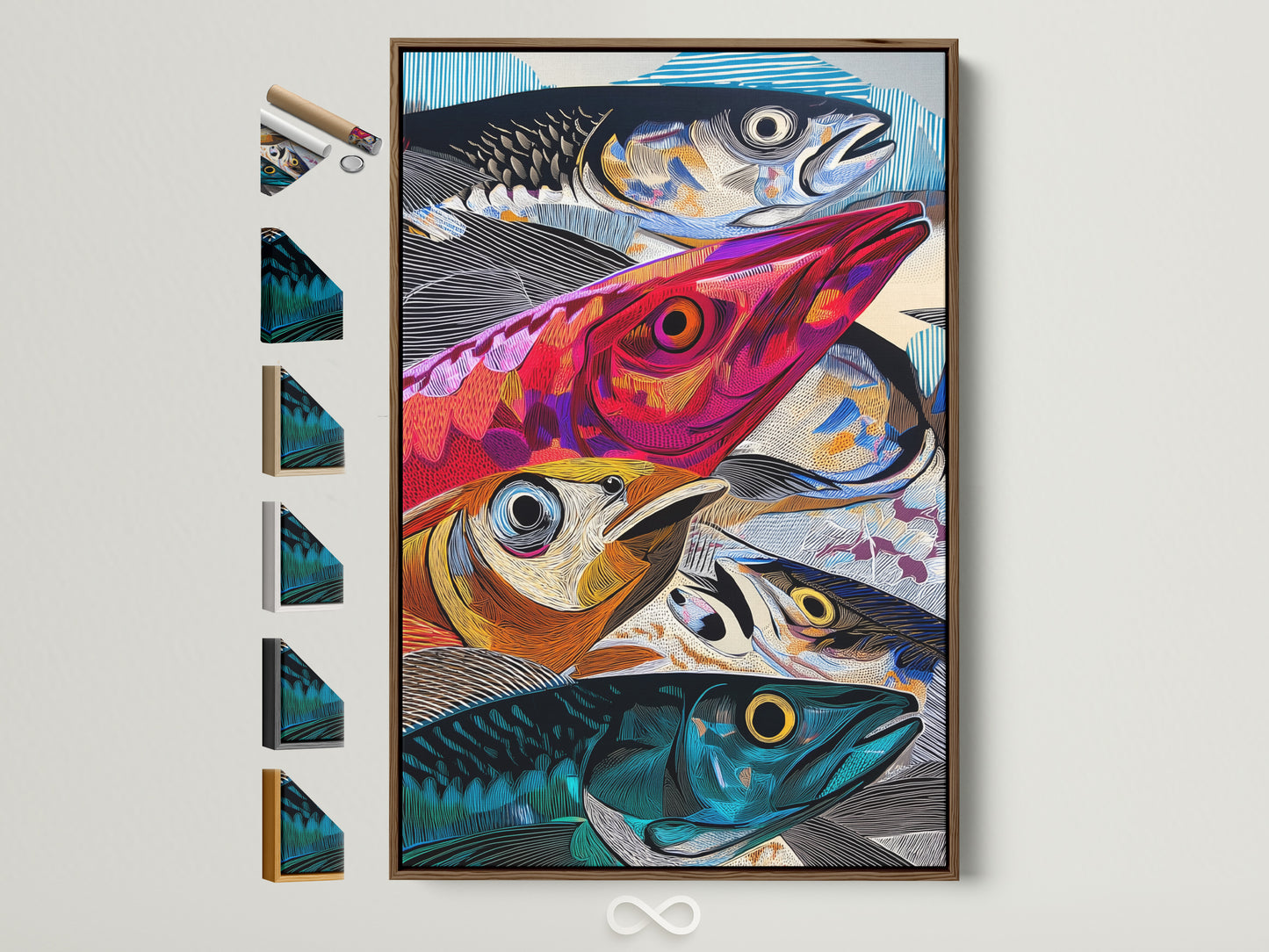
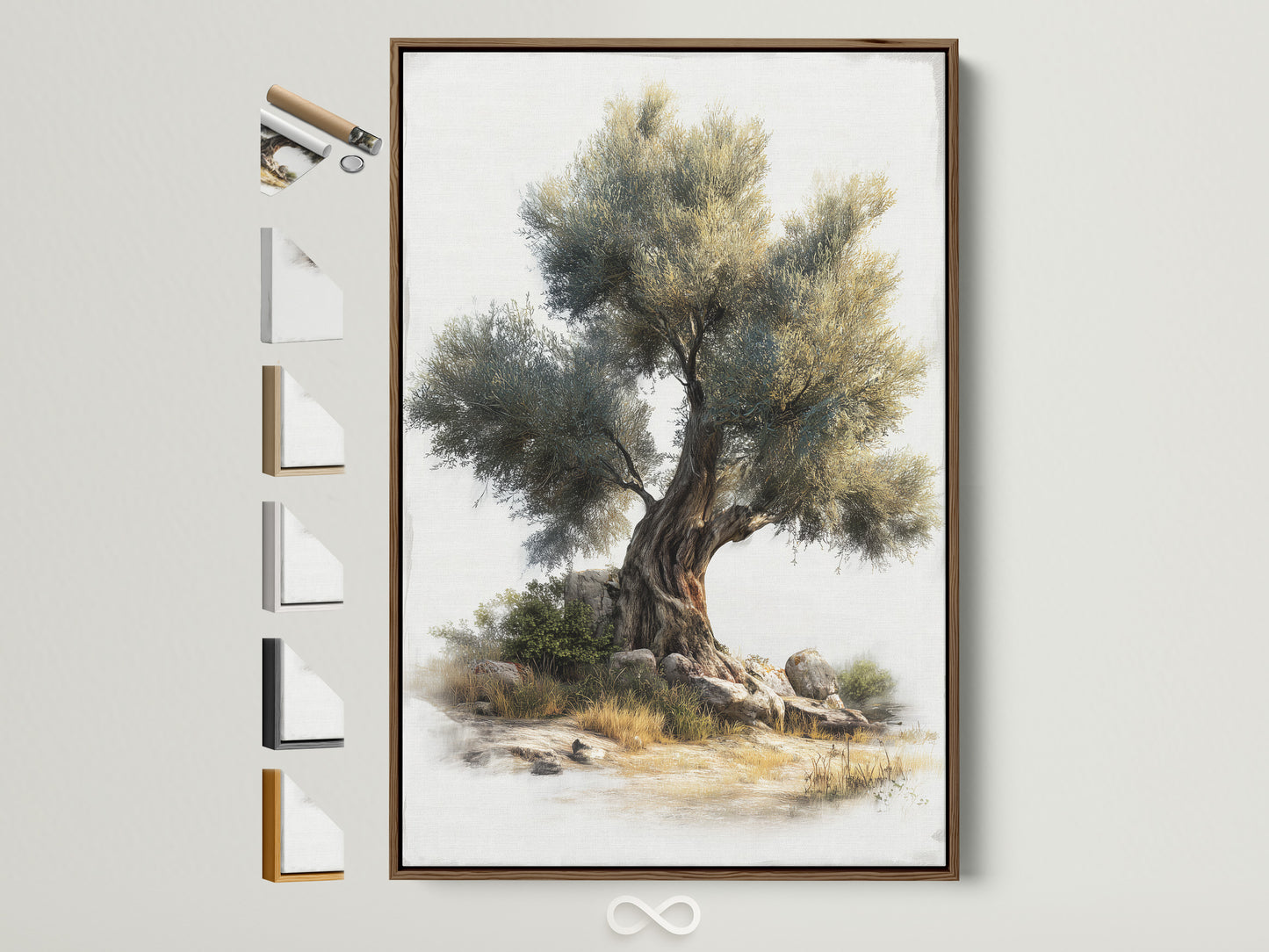
0 commenti